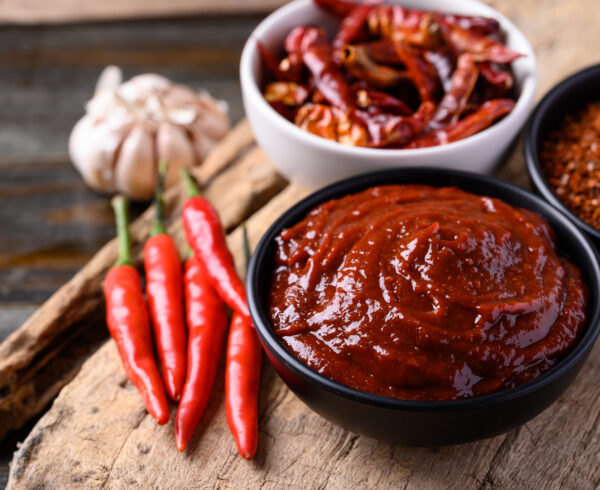When customers visit a restaurant, they expect their favorite dish to taste just as amazing as the last time they ordered it. Consistency is key to building trust, brand reputation, and customer loyalty. However, with busy kitchens, staffing challenges, and supply chain issues, maintaining high-quality food isn’t always easy. So how can restaurants ensure every plate meets expectations? Here’s how your restaurant can keep food quality and consistency top-notch.
1. Standardize Recipes & Procedures
A solid foundation starts with clear, standardized recipes and kitchen procedures.
- Document all recipes with exact measurements, cooking times, and plating instructions.
- Train staff to follow recipes precisely—no guesswork allowed!
- Use portioning tools like measuring cups, scales, and ladles to maintain consistency.
2. Invest in Quality Ingredients
Even the best chef can’t make magic with subpar ingredients. Maintaining consistency starts with sourcing high-quality, reliable ingredients.
- Build relationships with trusted suppliers to ensure ingredient quality.
- Monitor ingredient freshness and storage to prevent variations in taste and texture.
- Have backup suppliers to avoid last-minute substitutions that could impact quality.
3. Train (and Retrain) Your Team
Consistency depends on a well-trained team that understands and follows quality standards.
- Implement structured onboarding for new hires with hands-on kitchen training.
- Hold regular refresher training to reinforce best practices.
- Encourage teamwork and communication to keep everyone aligned on standards.
4. Leverage Technology for Precision
From digital kitchen display systems to automated inventory tracking, technology can be a game-changer in maintaining consistency.
- Use restaurant management software to track inventory levels and avoid ingredient shortages.
- Implement kitchen display systems (KDS) to ensure accurate order fulfillment.
- Utilize smart cooking equipment that monitors temperature and cooking times.
5. Conduct Regular Quality Checks
Routine quality control checks help spot inconsistencies before they become a problem.
- Assign managers or lead chefs to conduct random taste tests throughout shifts.
- Review customer feedback and online reviews to identify consistency issues.
- Encourage staff to report quality concerns immediately.
6. Maintain a Culture of Excellence
Creating a culture that values quality and consistency starts from the top down.
- Recognize and reward staff for maintaining high standards.
- Foster open communication—employees should feel comfortable bringing up quality concerns.
- Set clear expectations and lead by example in prioritizing food quality.
Restaurants all operate a little differently, but one thing remains the same across the board: Customers return to restaurants that deliver a reliable, delicious experience every time. By standardizing recipes, investing in training, leveraging technology, and maintaining a strong quality control process, restaurants can ensure they meet expectations with every plate served.











